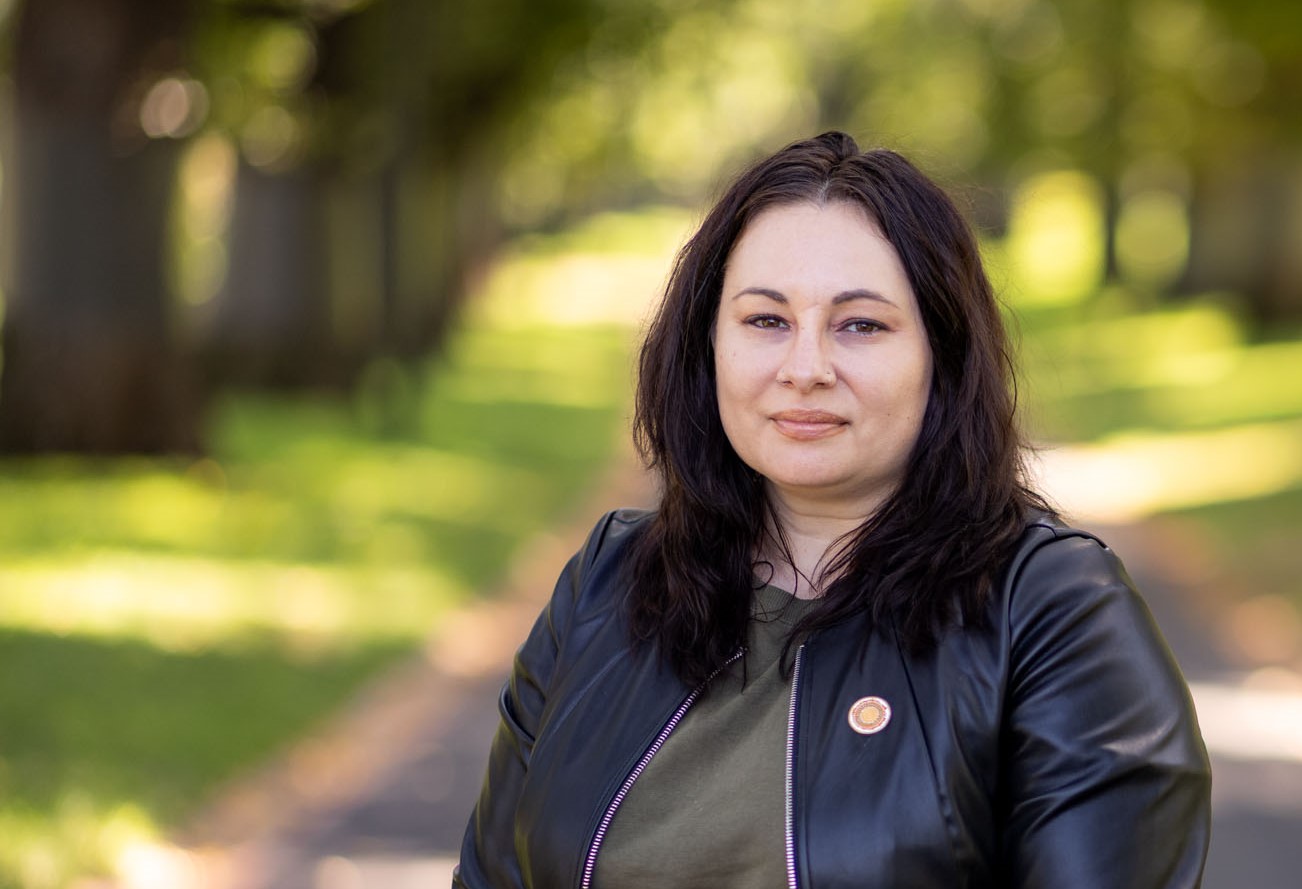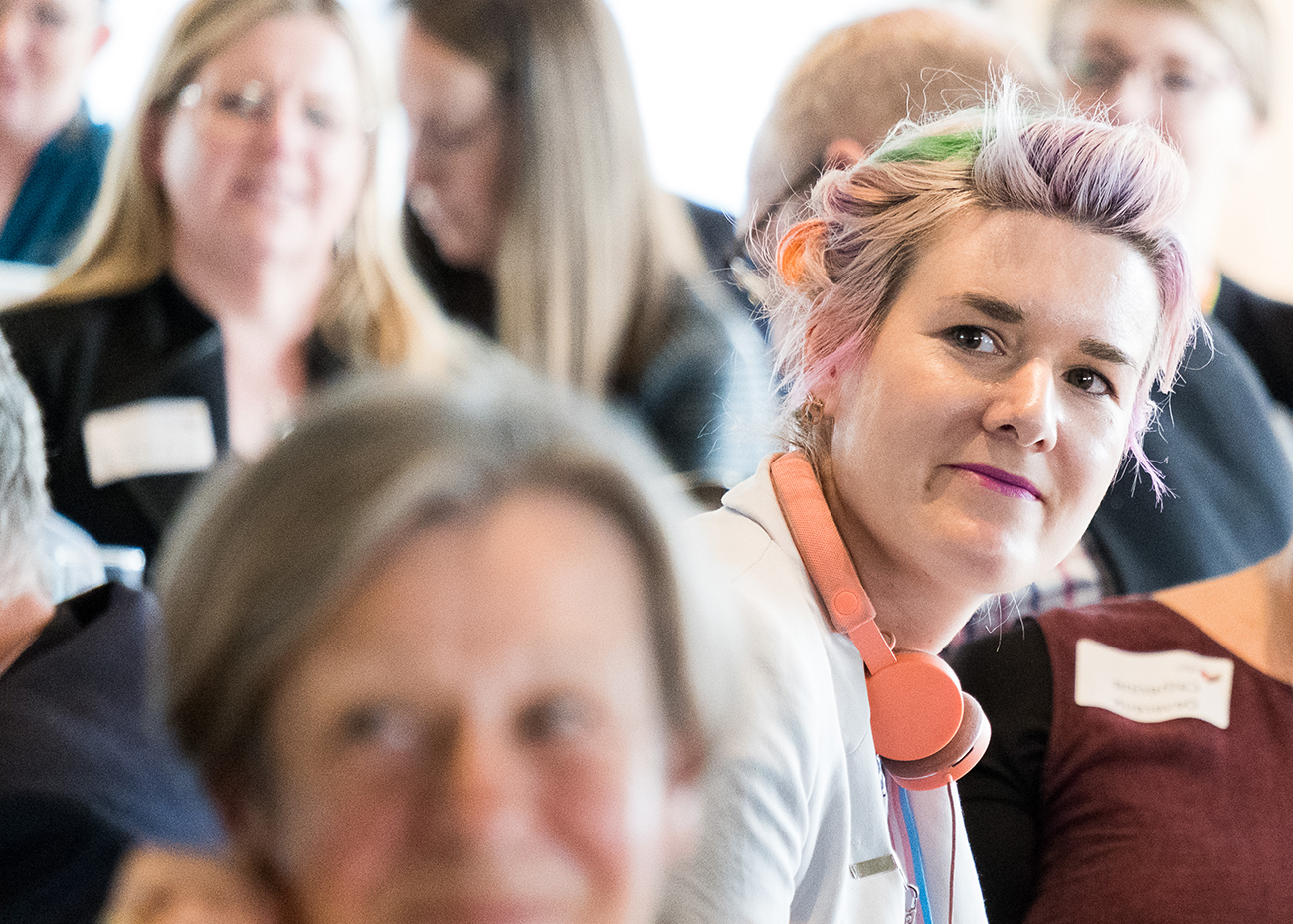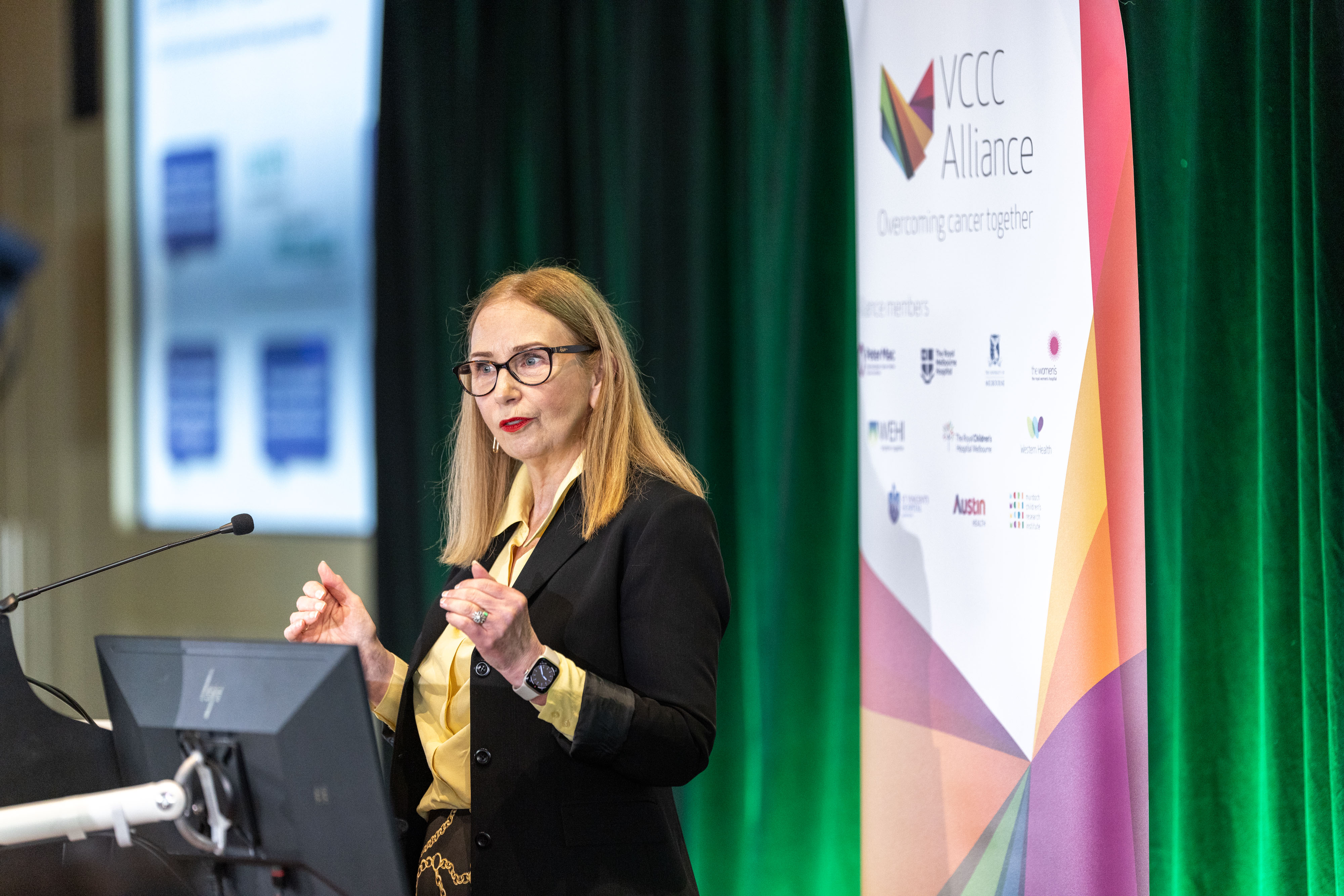






As we observe another NAIDOC Week, it is time to reflect and celebrate the achievements of Aboriginal and Torres Strait Islander people and communities. This year’s theme Get Up! Stand Up! Show Up! acknowledges the history of sustained activism in this country. We have a proud history of getting up, standing up, and showing up. From the frontier wars and our earliest resistance fighters to our Aboriginal and Torres Strait Islander communities fighting for change today—we continue to show up. We cannot afford to lose momentum for change.
An extract from: Ring & Griffiths, 2022.
“A recent article by Zhao and colleagues on life expectancy changes in the Northern Territory during 1999–2018 in the Medical Journal of Australia has major implications for Indigenous health policy makers and service providers across Australia. In their retrospective trend analysis, the authors found that life expectancy at birth increased more rapidly for Indigenous than non-Indigenous people (from 56.6 to 65.6 years for Indigenous men, and from 64.8 to 69.7 years for Indigenous women) and that the difference in life expectancy between the two groups declined (by 26% for men, 21% for women), but the gap nevertheless remained considerable (15.4 years for both sexes).
The first implication is that closing the life expectancy gap between Indigenous people and other Australians is not a utopian dream, but an achievable aim. The second and equally important implication is that it would still take at least another 60 years before the gap is closed completely.
Fewer Aboriginal and Torres Strait Islander people are taking up smoking, and smoking rates among adult Indigenous people in non-remote areas of Australia have declined. This movement is in the right direction, but governments should better support smoking prevention and control programs to help close the gap in life expectancy.
A recent government Health Performance Framework report noted that almost all NT Indigenous children had received all required vaccinations and that more people were having Indigenous-specific health checks. Zhao and colleagues found that the number of years lost in the NT to cancer and other chronic conditions has declined. However, much remains to be done if progress is to be sped up to meet national targets.
What should be done to achieve national closing the life expectancy gap goals in view of the findings of Zhao on life expectancy in the NT? Zhao had reported in 2014 that “higher levels of primary care utilisation for renal disease reduced avoidable hospitalisations by 82–85%, deaths 72–75%, and years of life lost 78–81%. For patients with ischaemic heart disease, the reduction … was 63–78%, deaths 63–66% and years of life lost 69–73%.” Citing these findings, the 2020 Aboriginal and Torres Strait Islander Health Performance Framework report noted that investing in primary health care for Indigenous communities was highly cost-effective, consistent with recommendations by Aboriginal Medical Services Alliance NT to strengthen Aboriginal Community Controlled Health Services (ACCHS) and to take stronger action on the social determinants of health.
The federal government has recently provided additional funding for Indigenous affairs as part of its contribution to the National Agreement on Closing the Gap. The Partnership Agreement provides mechanisms for Indigenous peoples and governments to work together to realise their shared aims. The additional funding is welcome, but broader social and economic problems, including housing, education, and interactions with the justice system, require more attention.”1
While we have seen the development of the National Aboriginal and Torres Strait Islander Health Workforce Strategic Framework and Implementation Plan 2021-20312, there continue to be major barriers to supporting regional and remote health workforce pathways in this nation. One of the main barriers to a local biomedical workforce in northern Australia is a lack of supported pathways into employment for youth. This gap is addressed by the Menzies-Ramaciotti Centre. The Centre focuses on delivering high-quality training to develop a local biomedical workforce for rural and remote northern Australia. Students benefit from training in the latest technology, industry partnerships, dedicated trainers, mentoring programs, internships across institutions, and access to Menzies School of Health Research teams and networks.
The Ramaciotti Regional and Remote Health Sciences Training Centre (Menzies-Ramaciotti Centre) is developing a sustainable, local and Aboriginal and Torres Strait Islander biomedical and health sciences workforce in the Northern Territory. The Centre facilitates biomedical and health sciences career progression for regional and remote youth, with a focus on career development for Aboriginal and Torres Strait Islander youth. The Centre is guided by overarching values of equity, reciprocity, self-determination, mutual support and trust.
The governance structure includes the Management Team, Steering Group and a Youth Advisory Group. Non-Aboriginal or Torres Strait Islander representatives are included as members of these groups; however, Aboriginal and Torres Strait Islander representatives are sought for the majority of positions. Youth advisors are included as key members of the Management Team and Steering Group. This governance structure enables the Centre to grow and connect youth from across the Northern Territory to previously unimagined pathways into the biomedical and health sciences workforce. Find out more about the Menzies-Ramaciotti Centre.
I would like to acknowledge that the steps forward in the development of Aboriginal and Torres Strait Islander cancer control in Australia have come a long way in the past fifteen years. There is a long history of Aboriginal and Torres Strait Islander-led partnerships to discuss ways forward in Indigenous cancer control. In 2003, the first review into cancer and Aboriginal and Torres Strait Islander people was released, which highlighted the paucity of research and reporting (Condon, Armstrong, Barnes, Cunningham, 2003)3. The Cancer Council Australia convened the first ever round table on Aboriginal and Torres Strait Islander cancer in 2004. The first National Roundtable on Priorities for Aboriginal and Torres Strait Islander Cancer Research conference occurred in 2010 through a partnership between the Lowitja Institute and the Queensland Institute of Medical Research. It brought together leading experts, Aboriginal and Torres Strait Islander cancer survivors and community members, and representatives from Aboriginal and Torres Strait Islander controlled organisations with an aim to develop national research priorities for better outcomes for Aboriginal and Torres Strait Islander people, their families and communities. In 2018 the Optimal Care Pathways for Aboriginal and Torres Strait Islanders was released along with an implementation plan in 2020. The ongoing development of the Australian Cancer Plan by Cancer Australia is informed by the Leadership Group on Aboriginal and Torres Strait Islander Cancer Control. The Group provides strategic advice and guidance to assist Cancer Australia in Aboriginal and Torres Strait Islander cancer control; champions cross-sector collaboration in monitoring the progress of priorities in the National Aboriginal and Torres Strait Islander Cancer Framework; identifies and leverages opportunities to improve cancer outcomes at system, service and community levels; identifies emerging issues of national importance; and provides input and advice in areas of specialised expertise.
Makarrata has the potential to have a profound and positive impact on the health and healing of Aboriginal and Torres Strait Islander communities. At both the federal and state levels, dialogue, yarning, and truth-telling are acknowledging the history and trauma of dispossession and the impact it has had on generations of Aboriginal and Torres Strait Islander people.
Makarrata is another word for Treaty or agreement-making. It is a Yolngu word that represents coming together to face our past and the wrongs that have transpired in order to move forward in peace. Makarrata addresses our pasts, recognising the contexts in which we are living today. The Uluru Statement website describes Makarrata as “the culmination of our agenda. It captures our aspirations for a fair and honest relationship with government and a better future for our children based on justice and self-determination.”4
Self-determination and cultural safety in health systems is a requirement for sustained health outcomes for Aboriginal and Torres Strait Islander people. High-level policy, planning, administrative, and service delivery skills, supported by Aboriginal and Torres Strait Islander people and communities, will be required of all involved in solving health problems.
As we move forward in the development of treaty in states and territories and federally, it is also important to acknowledge the sustained and continuing efforts of our Aboriginal and Torres Strait Islander leaders and champions in guiding our ways forward, together.
This NAIDOC week at the VCCC Alliance we continue to Get up! Stand up! Show up! to improve Aboriginal and Torres Strait Islander health and outcomes.
1Ring I & Griffiths K. 2022. Life expectancy for Indigenous people is improving, but closing the gap remains unacceptably slow. MJA. 217(1):26-27 doi: 10.5694/mja2.5160
2Department of Health. 2022. National Aboriginal and Torres Strait Islander Health Workforce Strategic Framework and Implementation Plan 2021-2031. Pub. No. DT0002620. Commonwealth of Australia, Canberra.
3Condon JR, Armstrong BK, Barnes A, Cunningham J. Cancer in Indigenous Australians: a review. Cancer Causes Control 2003 Mar;14(2):109-21
4The Uluru Statement. Our Story. https://ulurustatement.org/our-story/ Accessed 06/07/2022
